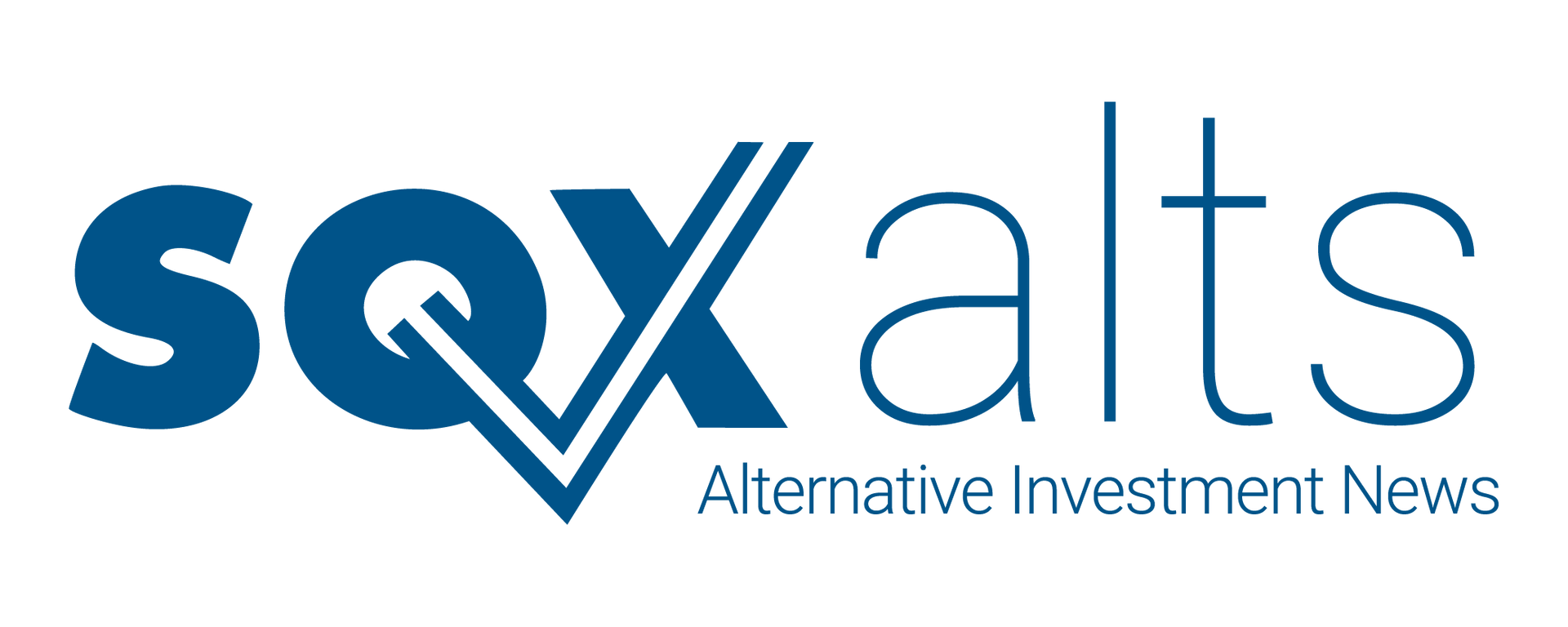Sealy Industrial Partners Secures $105.2M Term Loan
The fixed-rate loan will be used to pay down a KeyBank revolving credit line, with seven properties as collateral.
September 18, 2025

New Financing, Clear Purpose
Sealy Industrial Partners IV, LP has taken a decisive step in reshaping its financial position. On September 11, 2025, a group of its wholly owned subsidiaries entered into a $105.2 million loan agreement with Thrivent Financial for Lutherans. The move replaces an existing revolving credit facility with KeyBank National Association and shifts Sealy’s near-term financing toward a longer-term, fixed-rate structure.
Seven Georgia-based entities, all under Sealy’s ownership, signed the deal. The loan carries a fixed interest rate of 5.39% and runs through October 1, 2030. After an initial prepaid interest period covering mid-to-late September, monthly interest-only payments begin November 1. The structure is clear: predictable payments, a defined maturity date, and a built-in prepayment option. Borrowers can repay early—subject to a reinvestment charge if done before April 2030, and without penalty after that point.
Collateral, Guarantees, and Strategic Realignment
The financing is backed by first-lien mortgages across seven Sealy-owned properties. That security supports the terms of the deal, along with guarantees from Sealy Industrial Partners IV OP, LP, another fully owned subsidiary. The agreement also includes standard features like covenants, representations, and remedies for default, all designed to keep obligations aligned throughout the life of the loan.
Net proceeds from the Thrivent loan were used to retire a $76.5 million balance under Sealy’s prior credit line with KeyBank. That shift reduces dependency on short-term borrowing and locks in capital at a defined rate—something that can help streamline planning and preserve flexibility across future operating cycles.
This isn’t just a new loan—it’s a realignment of how Sealy manages leverage and liquidity. Backed by real assets and structured with a clear repayment path, the agreement sets the stage for greater consistency across the firm’s capital strategy.
Share
Read More Articles


